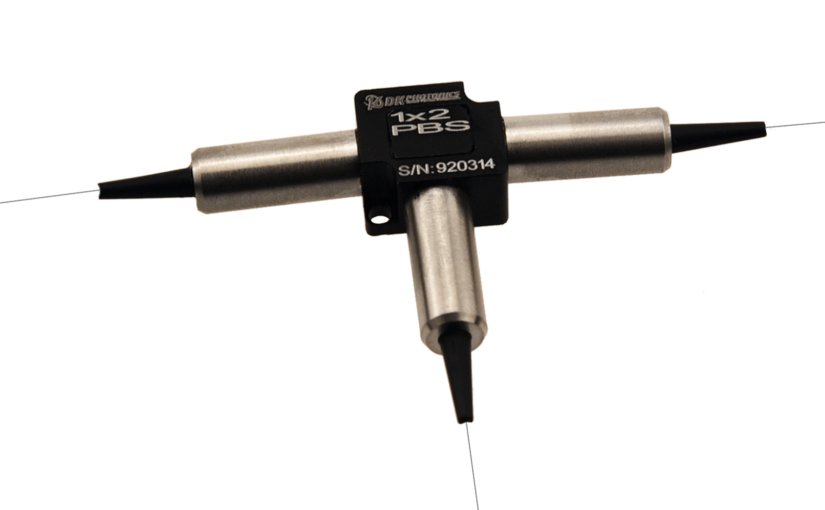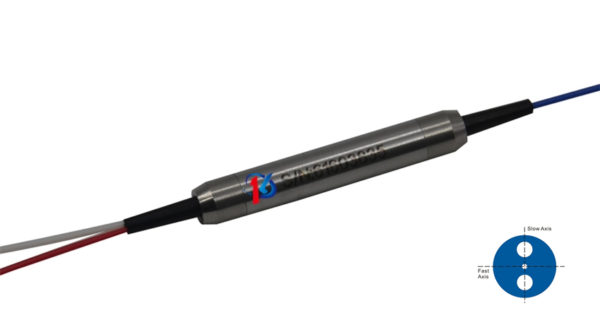In the world of optical communication, the efficient management and routing of optical signals are of paramount importance. To achieve this, the utilization of advanced technologies is essential, and one such technology that stands out is the Polarization Beam Combiner/Splitter (PBCS). This article will delve into the intricacies of optical signal routing, focusing on the significance and benefits of the best Polarization Beam Combiner/Splitter technology available today.
1. Introduction
Optical signal routing has become the backbone of modern communication systems, facilitating the transmission of vast amounts of data over long distances at lightning speed. At the heart of this technology lies the Polarization Beam Combiner/Splitter, abbreviated as PBCS, which plays a crucial role in managing optical signals effectively.
2. Understanding Optical Signal Routing
Before we dive into the specifics of PBCS technology, it’s essential to comprehend the basics of optical signal routing. Optical signals, primarily carried by light waves, can be manipulated and directed using various optical components, including PBCS.
3. The Role of Polarization in Optical Signals
Polarization refers to the orientation of light waves’ oscillations in a particular direction. It is a critical property in optical communication as it impacts signal quality and transmission efficiency. PBCS technology harnesses polarization to optimize signal routing.
4. Polarization Beam Combiner/Splitter: An Overview
A Polarization Beam Combiner/Splitter is a specialized optical device designed to combine or split optical signals based on their polarization states. It acts as a bridge between different optical paths, making it a fundamental component in optical signal routing.
5. Advantages of PBCS Technology
- Enhanced Signal Quality: PBCS technology ensures minimal signal loss and maintains signal integrity.
- Efficient Routing: It enables precise control over signal direction, reducing the need for complex routing systems.
- Compact Design: PBCS devices are compact and space-efficient, making them suitable for various applications.
- Versatility: They are compatible with a wide range of optical systems and networks.
6. Applications of PBCS in Optical Communication
PBCS technology finds applications in various fields, including telecommunications, data centers, and medical imaging. It is instrumental in creating efficient and high-speed optical networks.
7. Choosing the Best PBCS for Your Needs
Selecting the right PBCS technology for your specific requirements is crucial. Factors such as signal compatibility, bandwidth, and environmental conditions must be considered when making a choice.
8. Installation and Integration
The proper installation and integration of PBCS devices are vital for optimal performance. Seek professional assistance to ensure seamless integration into your optical network.
9. Maintenance and Longevity
Regular maintenance is essential to maximize the lifespan of PBCS technology. Follow manufacturer guidelines and schedule routine inspections to prevent downtime.
10. Future Developments in PBCS Technology
The field of optical communication is continually evolving. Stay updated with the latest advancements in PBCS technology to maintain a competitive edge.
11. Case Studies: Real-World Implementation
Explore real-world examples of how organizations have successfully integrated PBCS technology into their optical networks, improving efficiency and reliability.
12. Cost Efficiency and ROI
Assess the cost-effectiveness of PBCS technology by evaluating its long-term benefits, including reduced operational costs and improved signal quality.
Conclusion
In conclusion, the utilization of the best Polarization Beam Combiner/Splitter technology is instrumental in achieving efficient optical signal routing. By harnessing the power of polarization, these devices offer enhanced signal quality, efficient routing, and versatility across various applications. As optical communication continues to evolve, investing in the right PBCS technology is a strategic choice for businesses seeking to stay at the forefront of the industry.

